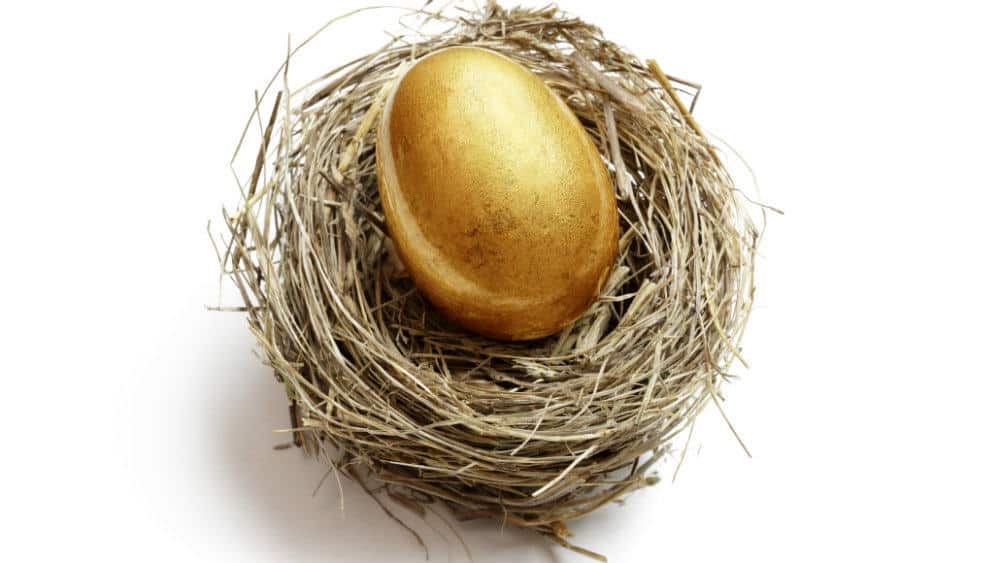OAS, along with CPP pension, is one way the Canadian government is taking care of its people. Combined, they can make a decent enough monthly income, which can help sustain a retiree who doesn’t have enough savings or passive-income sources.
But there are a few things many Canadians tend to miss about OAS.
You can maximize it by deferring it
Just like CPP pension, you can increase the amount you receive from as OAS benefits by delaying it. You are eligible to start receiving your OAS payments once you are somewhere between 65 and 67, based on the year of your birth. But if you choose to wait till 70, you will increase the amount you receive by 0.6% every month. It can total up to a 36% increase by the time you are 70.
OAS is taxable income
You can’t get away with taxes just because you are retired. Most of the income you generate or receive, including OAS, is taxable. You can reduce the amount of tax you pay by splitting your retirement income with your spouse; otherwise, you will have to face the consequences of OAS clawbacks.
OAS clawbacks and how to avoid them
If your retirement income increases from $79,054 for 2020 (it’s different every year), you will be subject to an additional 15% tax for the excess amount. Let’s say John has a retirement income of $100,000. He will be taxed 15% on the excess amount. That comes out to about $3,142 for the year, or about $262 a month. So, John’s $613 monthly OAS pension will be reduced to about $351 a month.
There are a few ways to avoid OAS clawbacks. One of which is utilizing your TFSA. Whatever you earn from your TFSA is tax-free, so it minimizes your taxable income for the year, preventing you from OAS clawbacks.
One of the best ways to utilize your TFSA is to invest in a good company, like Enghouse Systems (TSX:ENGH). It’s a three-and-a-half decade-old software and services company, which has seen amazing growth in the past five years. It’s also a Dividend Aristocrat that has increased its payouts for 12 consecutive years.
Currently, the company is trading at $50.9 a share. If you had just invested $10,000 in the company in 2010, a year after the introduction of TFSA, you would be sitting on over $134,000 right now, with dividend reinvested.
The company is still growing fast. It has a five-year CAGR of about 18.9%. This means if you start investing in it now, and if it keeps growing the same way, you may have a sizeable nest egg by the time you retire.
And even if you don’t leverage the growth and let it compound, your dividend-based income alone may be significant enough to make the difference regarding your OAS clawback — that is, if you earn enough from your TFSA, OAS, and CPP and you don’t touch your other nest eggs.
Foolish takeaway
Understanding how OAS works, how you can maximize it, and how you can protect yourself from hefty clawback taxes can have a significant impact on your financial health at the time of retirement. Making the right move now and investing wisely can make all the difference in the end.










